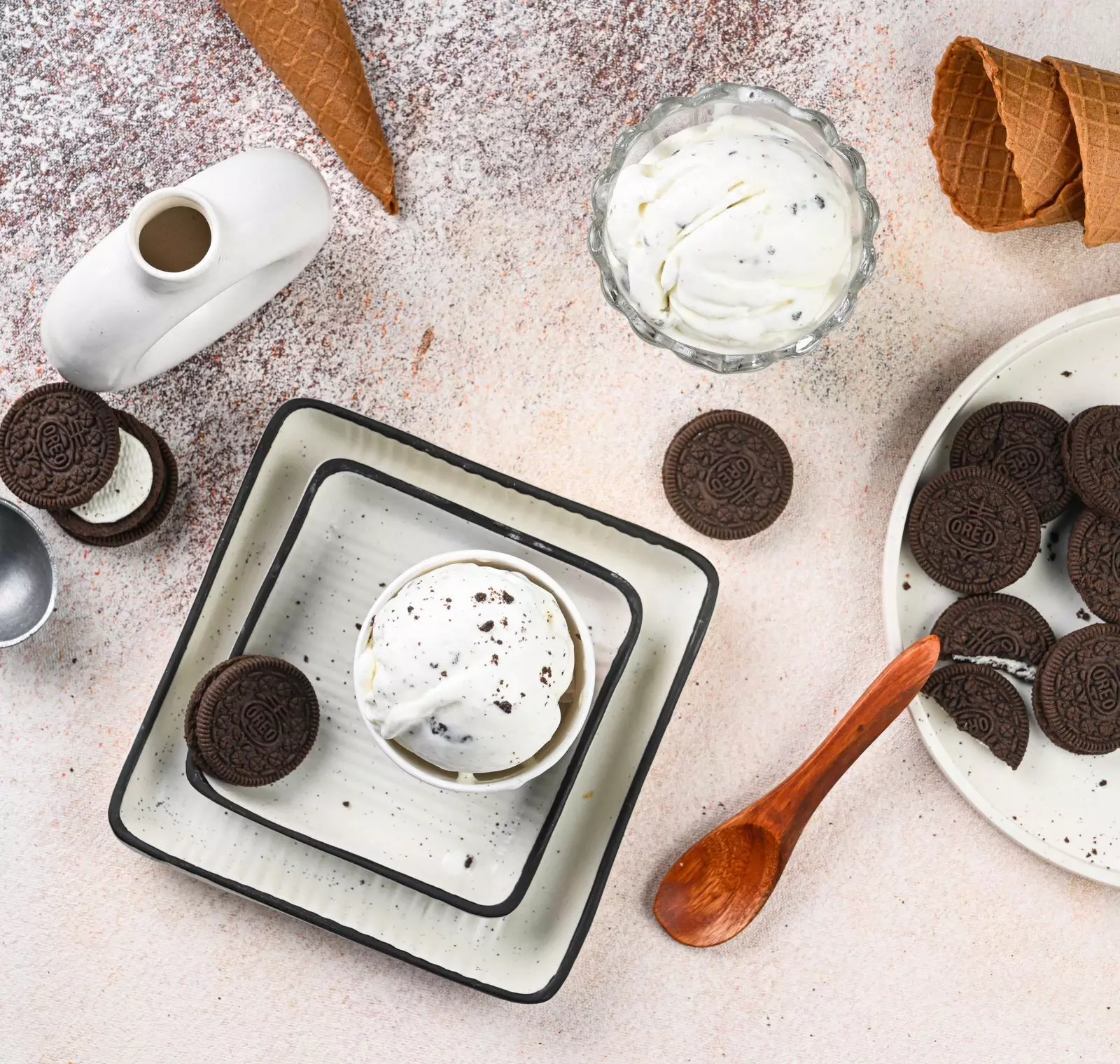The story of ice cream in India: From Mughal palaces to modern parlours with exotic flavours
During British colonial rule, Western-style ice cream was introduced in India
By Anoushka Caroline Williams
Hyderabad: Ice cream, a universally loved dessert, has a long and interesting history in India.
From its early roots in traditional frozen desserts to the emergence of modern ice cream brands, the journey of ice cream in India reflects the country’s culinary evolution. In recent years, the ice cream industry has also embraced innovation, with the advent of organic ice cream brands that cater to the changing demands of health-conscious consumers.
The roots of ice cream in Indian culture
India’s relationship with frozen desserts can be traced to ancient times.
Sanskrit texts mention ‘shikhrani,’ an early form of frozen treat made from milk, rice and fruits. This indicates that frozen desserts were enjoyed in India long before modern refrigeration techniques were available.
The Mughal Empire played a crucial role in shaping Indian desserts.
They introduced Persian and Middle Eastern influences, leading to the creation of ‘kulfi,’ a dense and creamy frozen dessert made from sweetened milk and flavoured with ingredients like cardamom, saffron and pistachios. Kulfi, often considered the precursor to modern ice cream, remains a popular dessert in India today.
Colonial influence and the emergence of modern ice cream
During British colonial rule, Western-style ice cream was introduced in India.
Ice cream parlours and street vendors began to appear in major cities, offering a variety of flavours. The introduction of this frozen treat created new opportunities for innovation and expansion in the dessert market.
Following India’s independence in 1947, local dairies and companies began producing a wider range of flavours to suit the diverse tastes of the Indian population.
The post-independence period marked the rise of homegrown brands like Kwality (founded in the 1940s), Vadilal (1907), Amul (1950s) and Mother Dairy (1974). These companies introduced affordable and quality ice cream to the masses, establishing themselves as household names.
The influence of global brands
The liberalisation of the Indian economy in the early 1990s saw the entry of international brands like Baskin-Robbins and Häagen-Dazs.
These global players brought a variety of flavours, new textures, and premium products to Indian consumers, expanding the scope of ice cream offerings. Additionally, they adapted to local tastes by incorporating traditional Indian ingredients and flavours, blending the best of both worlds.
The advent of organic ice cream in India
As health consciousness began to grow, so did the demand for healthier food options, including ice cream.
Organic ice cream, which is made from ingredients that are produced without the use of synthetic chemicals, pesticides or artificial additives, has gained popularity in India. The introduction of Iceberg, India’s first organic ice cream brand, reflects this shift in consumer preference.
Organic ice cream focuses on using natural, locally sourced ingredients, ensuring that consumers can enjoy a healthier dessert option. This type of ice cream is free from preservatives and artificial colours, which appeals to a growing segment of the market that prioritises health and sustainability. The ice cream brand Iceberg’s expansion into Hyderabad, with plans to open 25 more outlets in the coming years, is a testament to the rising demand for organic ice cream.
The role of modern brands in the ice cream market
In recent years, brands like Naturals and Cream Stone have gained prominence by offering unique and exotic flavours, many of which draw inspiration from traditional Indian desserts. Flavours like kulfi ice cream and gulab jamun ice cream have become popular as consumers enjoy the fusion of tradition with modern dessert-making techniques.
These brands, alongside established companies like Amul and Mother Dairy, continue to dominate the Indian market. The growing trend of health-conscious and innovative ice creams, including low-calorie and vegan options, shows how the market is evolving to meet diverse consumer needs.
The ever-evolving ice cream landscape in India
The history of ice cream in India is one of innovation, cultural adaptation, and evolving consumer preferences.
From the ancient kulfi to modern organic ice cream, the market has expanded dramatically over the years. Today, Indian consumers have access to a wide variety of ice cream flavours, textures, and experiences, with both traditional and modern influences playing a role in shaping this beloved dessert.